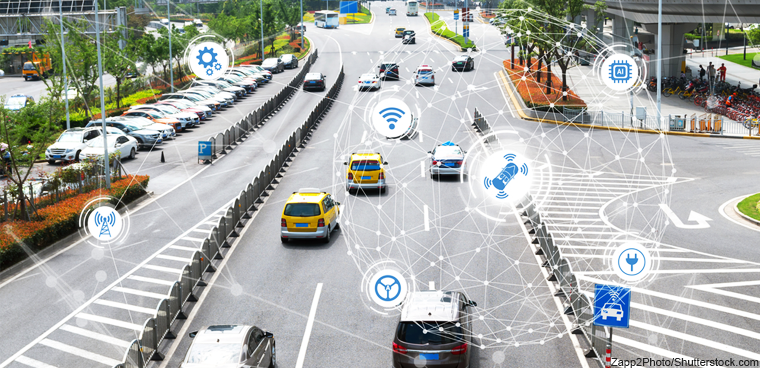Wanted: Autonomous vehicle tech for mail delivery

The Postal Service wants information about sensor, guidance and operational technologies as well as expertise on testing and integrating the autonomous vehicle tech into its existing fleet.

Neither snow nor rain nor heat nor gloom of night will deter autonomous vehicles from helping letter carriers swiftly complete their rounds -- at least that's what the U.S. Postal Service is hoping.
In a Feb. 22 request for information, USPS said it wants technologies that will allow AVs to drive along a mail route while its operator uses the mobile office to organize the mail before depositing it in curbside mailboxes from the right-hand side of the vehicle.
USPS wants information about sensor, guidance and operational technologies as well as expertise on testing and integrating the tech into its existing fleet. The multipart evaluation will start on a closed course where basic autonomous functions, as well as safety and contingency protocols can be tested.
The Postal Service needs heavy-duty, reliable machines. Operating in all weather conditions, the AVs will drive at least eight hours a day over hilly terrain, semi-improved roads and city streets, making between 600 and 1,100 mail stops for the day. During delivery and collection operations, operators will get in and out of the AV, turn it on and off and lock and unlock it up to 200 times each day. Other requirements would allow route editing and management (for skipping a mailbox, for example)
For several years, USPS has considered AVs as a way to help cut labor and fuel and reduce the number of accidents. A 2017 inspector general's report on incorporating AV into the fleet said USPS has partnered with the University of Michigan on a partially autonomous rural delivery prototype in which the carrier sits behind the wheel, sorts mail along the route and delivers it through the window while the vehicle drives. If tests are successful, the Postal Service said it hopes to deploy the vehicle on 28,000 rural routes by 2025 and eventually explore other delivery applications.
Responses are due April 5. Read the full RFI here.



